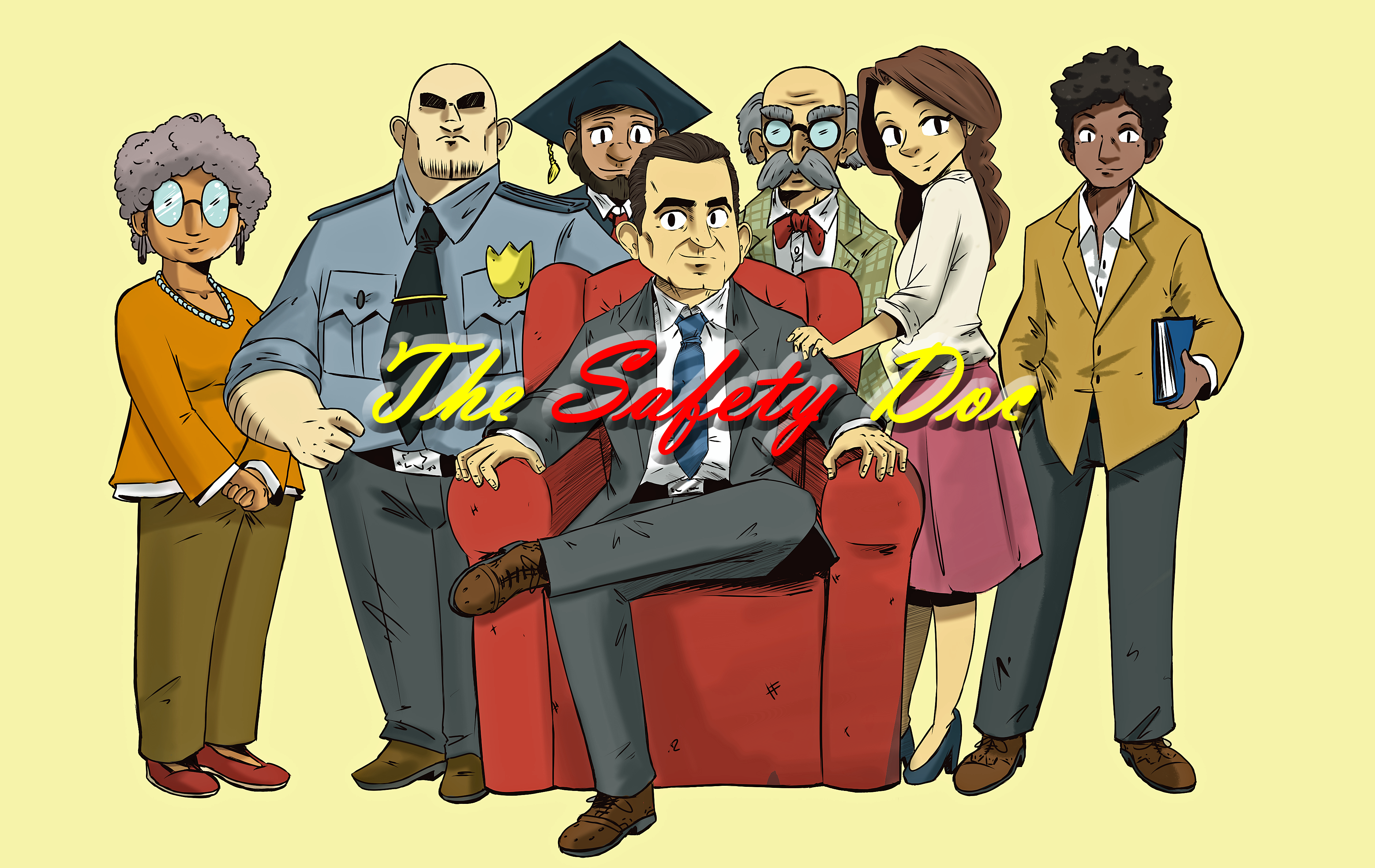Archive for July 2017
Surviving the Dangerous Interface of Probability and Prioritization – SDP#38
Probability works well in determining long-term behavior, but it doesn’t work well for predicting outcomes in the short term. Probability is key to safety and decision-making. Dr. Perrodin talks about one of the most common mistakes people make with probability and how to avoid it.
Read MoreWhy We Can’t Compare Disasters: WTC, Murrah, Katrina & More – SDP#37
There are several reasons why each disaster should be studied as an individual unit. By isolating communications and geography specific to time, context and situation, Dr. Perrodin demonstrates the inherent problems with comparing disasters. He also notes the incredible impact of “lived experiences” and longitudinal demographic factors that contributed to the improbable rescue of 500,000 people in only 9 hours from Lower Manhattan on 9/11/01.
Read MoreSophie’s Choice, Moral Dilemmas & 9/11 Research Design Issues – SDP#36
Moral dilemmas center ethical choices in rescue operations in which the grueling decision is between, at times, equally-deserving alternatives. Dr. Perrodin also critiques a safety response article comparing the actions of rescuers present at the Murrah Building and rescuers present at the World Trade Center – noting such comparisons hold great challenges to distilling information that can be generalized to other settings.
Read More“Societies Sinister Similarity” – A Conversation with David & Elijah – SDP#35
Would religion have a purpose if there was no human death? Is there a point when a perpetual Ground Hog Day would siphon one’s sense of control over being & environment, hence eroding agency & purpose?
Read MoreOne Question Predicted Emotional Breakdown Better Than Any Other – SDP#34
A WWII field psychiatrist found that infantry soldiers in the 5th Army survived a maximum of 238 aggregate combat days (ACD) before a fate of (1) physical casualty, (2) prisoner of war, or (3) psychiatric casualty. For the first time, it was realized that every soldier had a “finite voltage” and sooner or later would break – even if they appeared to have held up magnificently under incredible stress. This understanding demarked a sharp change in thinking that previously held that soldiers that “broke” under pressure did so only due to some psychological flaw.
Read More

